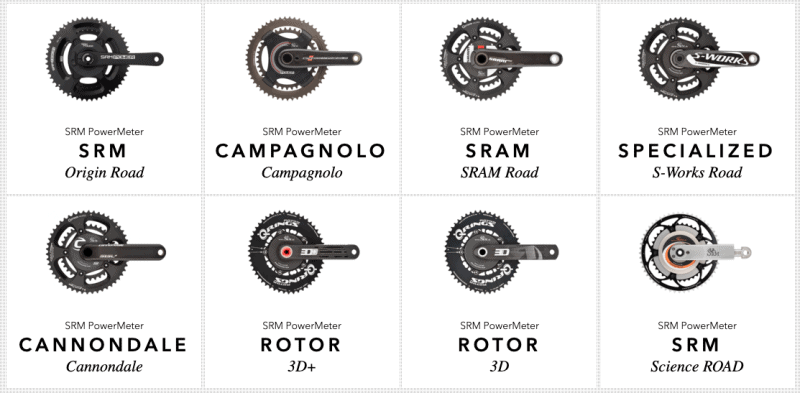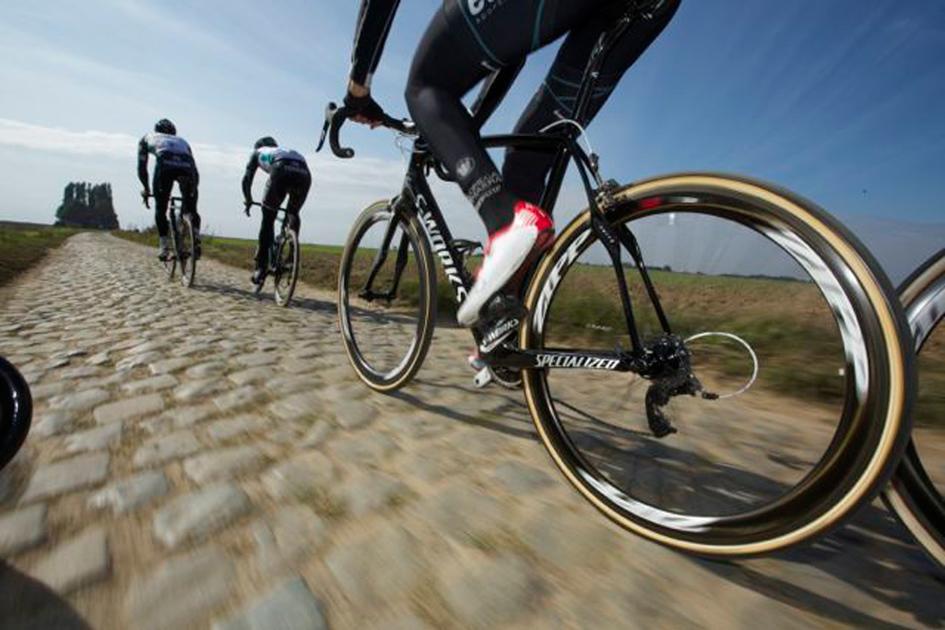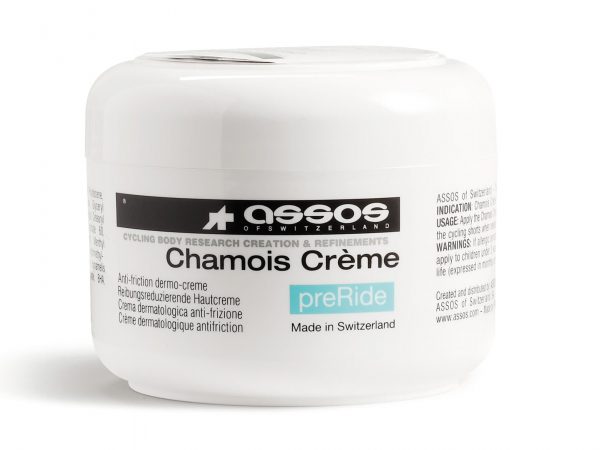5 Things to Know Before Getting A Bike Fit
If you’ve been riding for a while, you probably have a pretty good idea of what position is best for you. You think you do, at least.
If you’re a beginner or preparing to purchase a custom road bike, making sure your new bike fits correctly can boost your comfort, performance, and experience.
But where do you start?
What are the different fit methods?
And how do you even find a proper bike fit professional?
We’ll take an introspective dive into bike fit to cover these and other questions about the process.
Shall we begin?
On This Page
Why Get A Bike Fit?
The primary reason cyclists consider a bike fit is if something just doesn’t feel right. Maybe you’re experiencing pain in your low back or neck after an hour in the saddle. Your knees feel sore after a long day out, or you can’t seem to find a comfortable position on your saddle despite trying a few different models.
Chronic and past injuries may play their part in any aches and pains you are experiencing. A professional bike fit is like having a medical check-up, so be sure to to share any pain or preexisting medical conditions you may have. While the bike fit may not be a panacea for your woes, you’ll be on your way to getting some answers.
Another excellent justification for a bike fit is the recent purchase of a new road bike. While it seems comfortable, it’s only after several hours in the saddle that you can determine if the bike is ideal as is, or if it requires a few changes and adjustments here and there.
Having a bike fit before purchasing a new custom-built bicycle is also a great idea and may prevent any errors before signing on the dotted line. A fit session will start with your current bike measurements so the fitter can point out any errors in your setup and make the corrections.
You’ll know exactly which stem and top tube length is ideal for you, plus the handlebar width, saddle position, and height before ordering your custom frame. You might save yourself some money, and be helping your bike builder to do his job better. This equates to the best possible results for you.
A quality shop salesperson should be able to help you choose the appropriate bicycle brand, model, and geometry based on your dimensions and the manufacturers’ guidelines.
If you’re interested in pursuing a bike fit, the shop where you purchased your bicycle may provide this service already. If they don’t, they can put you in contact with a qualified professional near you.
Read More : 5 Major Differences Between Men and Women’s Road Bikes
Types of Bike Fit Systems
There are several popular bike fit systems that vary by bike shop or fitter. One is not better than the other, a lot will depend on the experience of the fit professional and less on the method.
How many years of experience does the fitter have?
And do they have any special fit certifications?
These are important questions to ask before scheduling an appointment.
- Retül. Uses 3D motion capture technology to measure every movement, down to the degree and millimeter.
- Guru. Lauded as The most advanced fit system, Guru uses their dynamic fit jig and proprietary software to find your perfect bike and riding position.
- Precision Fit falls under the Trek umbrella. Emphasis is placed on the cyclist’s goals and preferences to yield the desired benefits and needs.
- Bike Fit. Owned and run by Shimano, it focuses on anatomical alignment to find your ideal position and comfort.
- Velogic uses high-tech motion capture analysis of a rider in motion, focusing on key metrics to interpret the relationship between rider physiology and bike geometry.
- Cyclefit by Steve Hogg. A process developed by cyclist Steve Hogg based on the idea of optimizing neural function over biometrics.
You don’t have to be a racer or a professional athlete to reap the benefits of a professional bike fit. Consider it an investment toward your health, joy, and performance on the bike.
If an expert bike fit is out of your budget or interest for the moment, you can still do a DIY fit at home.
Bike Fit Process
No matter which professional system you choose, your appointment should include an extensive conversation with your fit expert about your riding style, experience, current problems, any aches and pains, and current and future goals.
A brief physical examination should follow to verify, for example, your leg length, flexibility, pedal and cleat setup, shoe size, and saddle width.
Next, you’ll actually be pedaling on a bike fit jig, or on your bike with an indoor trainer. Rulers, fancy angle measuring devices, or 3D motion capture will come into play to analyze joint alignment, pedaling motion, knees, shoes/cleats, stem length, saddle height and position, and handlebar width and reach.
It should be comprehensive, covering every aspect of your riding position, so count on between one and two hours.
Other than how you are physically positioned on the bike, it’s the fitter’s job to understand how your body moves while you’re on it. An experienced professional can determine if the bike is forcing you to move in an abnormal fashion and inform you what you can do about it.
Reputable bike fitters will schedule a follow-up appointment shortly after your initial meeting.
Post Bike Fit
Your work isn’t over once the appointment is.
There are many components to consider following your fit session. If tight hamstrings were related to any back pain, it’s up to you to stretch them. Core strength is also an important factor. If your fit professional found yours to be insufficient, more specific conditioning is required on your part to meet established guidelines.
Your body will require time to adapt to your new fit profile, especially if you’ve been riding in another position for years. Calling on your muscles to work differently than in the past will feel extremely awkward at first. And you may experience muscle soreness and even new irritations on your road to the perfect fit.
It’s standard to have a complimentary follow-up assessment with your professional bike fitter a few weeks after your first appointment. They will want to assess how you’re doing and feeling on the bike and investigate any pain or discomfort you’re experiencing.
Additional adjustments may be made based on your responses. Rome wasn’t built in a day!
Why It May Be Time For A Updated Bike Fit
Bicycle fit should be geared toward a goal, and goals change.
Riders with a few years of experience may now be ready for a more aggressive position as they become interested in racing or taking part in gran fondos or sportives. An updated bike fit will help them achieve those goals as their skills progress.
Cyclists recovering from severe injury or crash could benefit from a fresh bike fit too since their trauma may have permanently altered their position and range of motion. Muscles atrophy over time and bicycling is an excellent rehabilitative therapy, but you and your muscles may need time to return to a previous position and state.
Any cyclist’s optimum riding position naturally changes over time because of factors such as age, injury, weight loss, weight gain, and flexibility to name a few. If it has been over five years since your last bike fit, it might be time to schedule a new one. Your ideal position is not fixed for life.
Your racing days may be well behind you, so it may be a good idea to let go of the past and modify your super-aero and aggressive riding position onto something more adapted to your current riding style, goals, and level of fitness. There’s no shame in comfort.
Unless you’re a regular at the yoga studio, your youthful flexibility may be but a memory. Stress from a growing family, personal relationships, financial responsibilities, injuries, and professional life accumulate too, resulting in our reduced capacity to adapt. The bike is no exception and our old measurements may have met their expiration date.
A fresh bike fit will refocus your goals and establish the strength and flexibility you need to avoid injury and worse. Your new position may be more comfortable, and the time on the bike more gratifying.
In fact, it may just rekindle your love of the sport, or trigger the desire to treat yourself to that custom-built bicycle you’ve been dreaming about!
Author Recommended Reads



